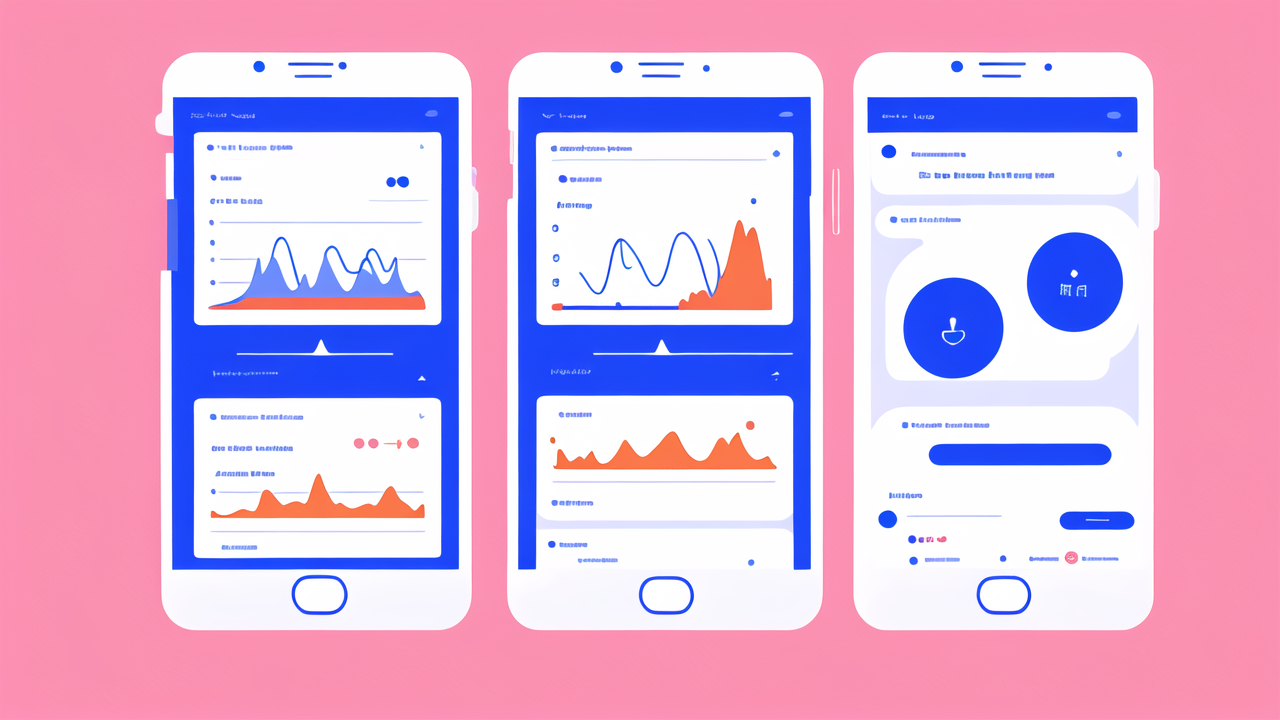The Integration of Technology in Fashion: A Historical Perspective
The Origins of Fitness Wearables and Clothing
Fitness wearables have come a long way since their inception. The journey began with simple pedometers in the 1960s. These devices could count steps but lacked advanced features. As technology evolved, so did fitness trackers. The 1980s saw the rise of heart rate monitors. These were bulky chest straps paired with wrist displays. By the 2000s, wearable tech became more sophisticated. Companies like Fitbit and Garmin entered the market. They offered compact, wrist-worn devices with multiple sensors. These could track steps, calories, and sleep patterns. The fusion of fitness tracking and clothing was the next logical step. It aimed to make tracking more seamless and comfortable for users.

Evolution of Wearable Technology in the Apparel Industry
The apparel industry has embraced wearable tech with open arms. Early attempts focused on integrating simple sensors into clothing. These could measure basic metrics like heart rate or body temperature. As technology advanced, so did the possibilities. Smart fabrics emerged, capable of collecting data on movement and posture. Companies began experimenting with conductive threads and flexible circuits. These innovations allowed for more complex sensors to be woven directly into fabrics. The goal was to create clothing that could function as a second skin. It would gather data without the need for separate devices. This evolution paved the way for brands like Fila to enter the smart clothing market.
Fila's Journey in the Wearable Space
Fila, a renowned sportswear brand, recognized the potential of wearable technology. The company's entry into this space was strategic and well-timed. Fila saw an opportunity to blend its expertise in athletic wear with cutting-edge tech. The result was Fila Pulse, a line of smart clothing that goes beyond traditional sportswear. Fila's approach focused on creating garments that look and feel like regular clothing. The difference lies in the embedded sensors and connectivity features. Fila Pulse represents a significant step in the brand's evolution. It shows Fila's commitment to innovation and meeting the changing needs of athletes and fitness enthusiasts.
Analyzing Fila Pulse: Features and Innovations
Advanced Analytics and the Role of Fila Pulse
Fila Pulse stands out for its advanced analytics capabilities. The clothing line incorporates sensors that capture a wide range of data. This includes heart rate, breathing patterns, and muscle activity. What sets Fila Pulse apart is how it processes this information. The system uses AI algorithms to provide personalized insights. Users receive detailed feedback on their performance and recovery. This goes beyond simple metrics like steps or calories burned. Fila Pulse can identify areas for improvement in form and technique. It also offers suggestions for optimizing workouts based on individual data. This level of analysis was once only available in professional sports settings. Now, Fila brings it to everyday athletes through smart clothing.

Integration with Smart Platforms and IoT
Fila Pulse is designed to be part of a larger ecosystem of connected devices. The clothing seamlessly integrates with smartphones and other smart devices. This allows for real-time data syncing and analysis. Users can view their stats on their phone or smartwatch during workouts. The system also connects to popular fitness apps and platforms. This means Fila Pulse data can be combined with information from other devices. For example, it can sync with smart scales or nutrition apps. This creates a more comprehensive picture of overall health and fitness. The IoT integration extends to smart home devices as well. Users can receive workout reminders or recovery tips through their smart speakers.
The Design Philosophy Behind Fila Pulse Apparel
Fila's approach to designing Pulse apparel focuses on blending form and function. The goal is to create clothing that performs well both as sportswear and as a tech device. Comfort is a key consideration in the design process. The sensors and electronics are integrated in a way that doesn't compromise wearability. Fila uses flexible, breathable fabrics that move with the body. The technology is virtually invisible to the wearer. Aesthetically, Fila Pulse maintains the brand's signature style. The clothing doesn't look overtly "techy" or different from regular sportswear. This design philosophy aims to make smart clothing accessible and appealing to a wide range of consumers.
Impact and Trends in the US Market
Consumer Reception and Adoption Rates for Fila Pulse in the US
The US market has shown significant interest in Fila Pulse since its launch. Early adopters include fitness enthusiasts and tech-savvy consumers. These groups appreciate the blend of fashion and functionality. Initial sales data suggests a positive reception, particularly in urban areas. Younger demographics, especially millennials and Gen Z, show higher adoption rates. They value the seamless integration of technology into their daily lives. However, there's also growing interest among older adults. They see Fila Pulse as a tool for health monitoring and improving fitness. Customer feedback highlights the comfort and ease of use as key selling points. The non-intrusive nature of the tech appeals to those who found traditional wearables cumbersome.

How Fila Pulse is Shaping the Future of Fitness and Fashion
Fila Pulse is at the forefront of a new trend in fitness and fashion. It's changing how people think about their workout gear. The line blurs the distinction between clothing and fitness devices. This integration is pushing other brands to innovate in similar ways. Fila Pulse is also influencing workout habits. Users report feeling more motivated to exercise regularly. The real-time feedback encourages them to push their limits safely. In the fashion world, Fila Pulse is sparking conversations about the future of clothing. It's prompting designers to consider how technology can enhance everyday wear. The success of Fila Pulse may lead to smart features in other types of clothing beyond sportswear.
Predicting the Growth of the Wearable Market in the United States
The wearable market in the US is poised for significant growth. Analysts predict a compound annual growth rate of over 15% in the next five years. Smart clothing like Fila Pulse is expected to be a major driver of this growth. As technology improves and costs decrease, adoption rates are likely to increase. The healthcare sector shows particular interest in smart clothing for patient monitoring. This could open up new markets beyond fitness enthusiasts. Privacy concerns remain a challenge for the industry. However, as security measures improve, consumer trust is likely to grow. The integration of AI and machine learning will make wearables even more useful. This could lead to personalized health insights and predictive analytics. Overall, the future looks bright for smart clothing in the US market.




Leave a comment
This site is protected by hCaptcha and the hCaptcha Privacy Policy and Terms of Service apply.